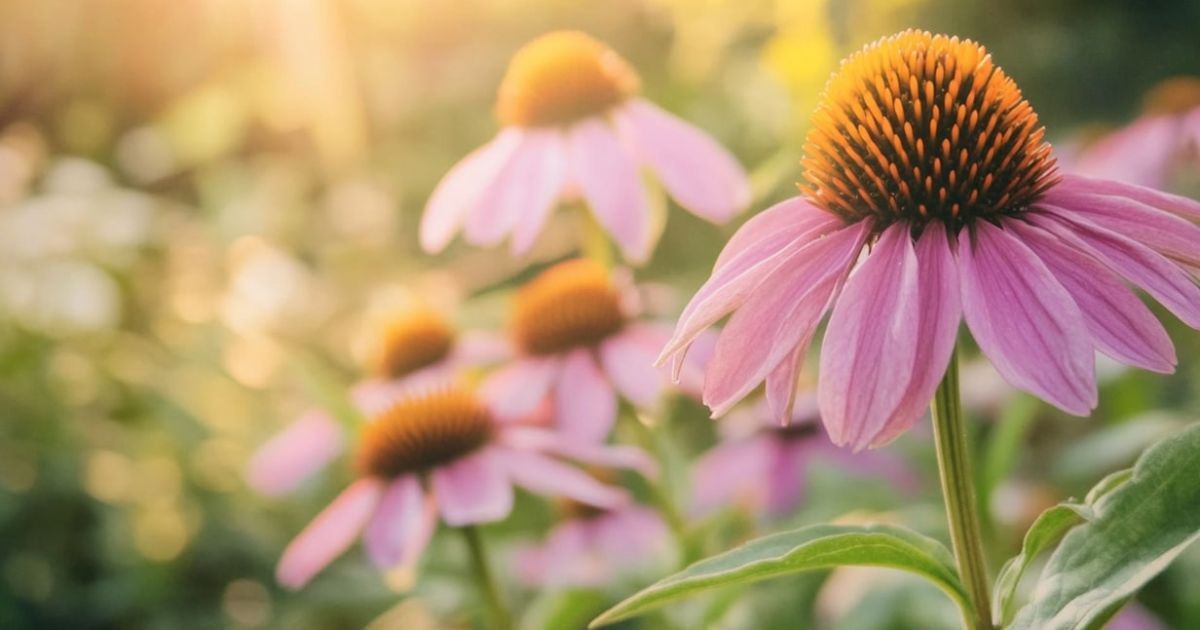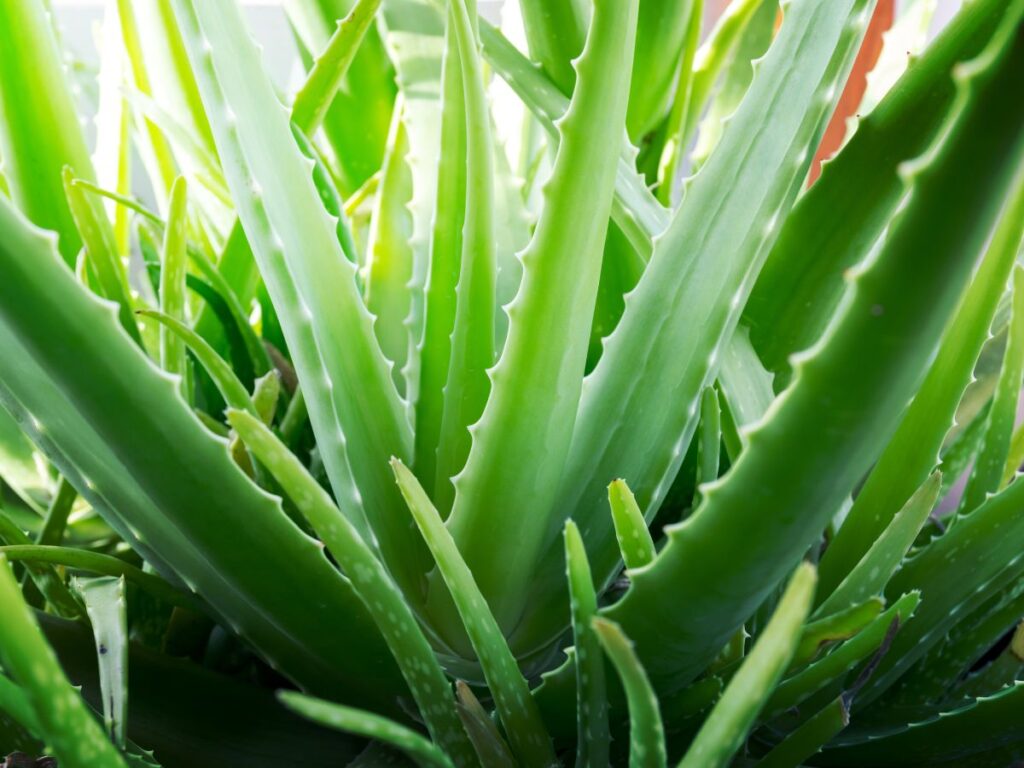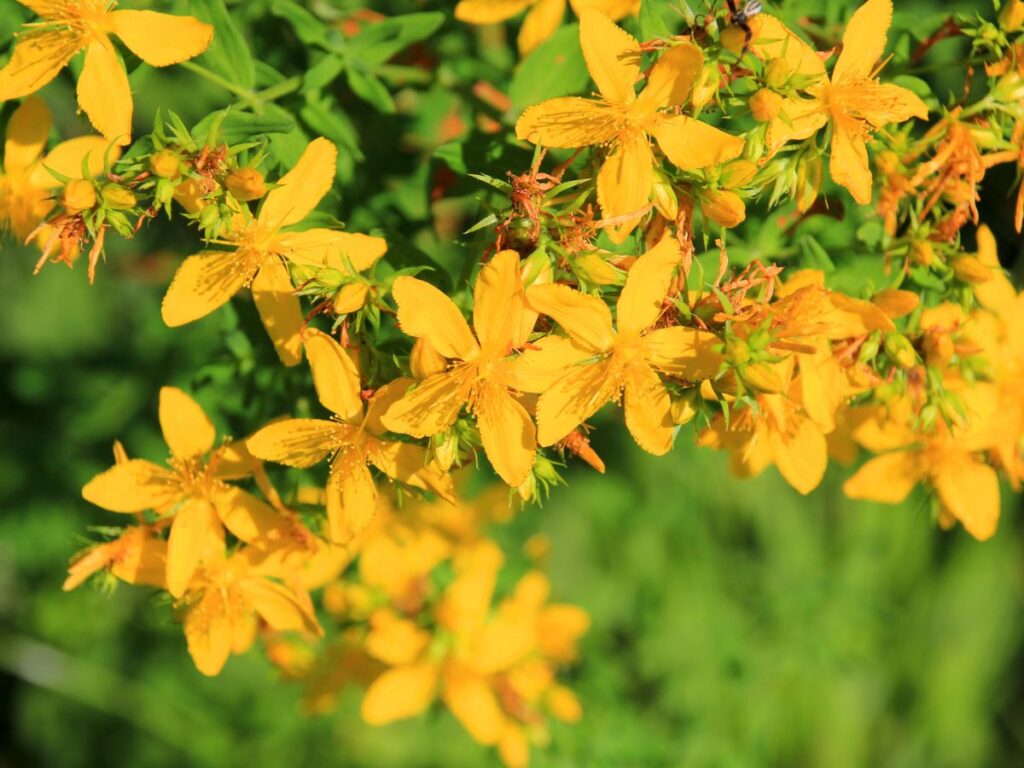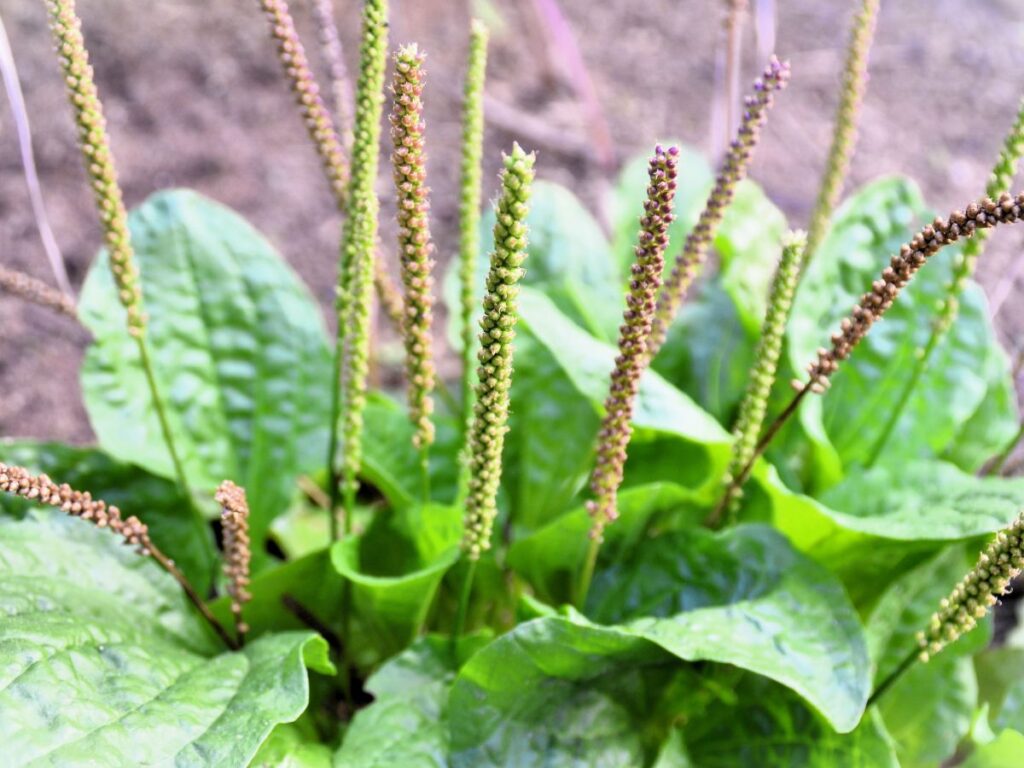Imagining your own survival garden might seem daunting at first, but it’s easier than you think. Picture a thriving space filled with plants that can not only feed you but also heal you.
These 17 medicinal plants are essential for your survival garden, offering both food and natural remedies to keep you healthy.
By growing these plants, you’re not just cultivating a garden; you’re investing in your health and well-being. Imagine being able to treat minor ailments and boost your immune system with herbs you’ve grown yourself.
It’s empowering to know that your garden can provide such crucial benefits.
As you begin this journey, consider the value each plant adds to your life. Whether you’re dealing with an upset stomach, a headache, or a minor wound, having access to these medicinal plants can make a significant difference.
Dive in and discover which plants are must-haves for your survival garden.
1. Aloe Vera (Aloe barbadensis)
Aloe vera is widely known for its healing properties, particularly in treating burns, cuts, and other skin irritations.
The gel from the aloe vera leaves can be applied directly to the skin for instant relief. In a survival situation, this plant can also help soothe sunburns and act as a natural moisturizer.
- How to grow: Aloe vera thrives in well-drained soil and sunny conditions. It is relatively low-maintenance and requires little water, making it ideal for dry climates.
2. Calendula (Calendula officinalis)
Calendula, or pot marigold, is another essential for a survival garden. The bright orange and yellow flowers of calendula are renowned for their anti-inflammatory and antiseptic properties.
You can create tinctures, salves, or teas from the flowers to help treat skin issues like cuts, burns, and insect bites.
- How to grow: Calendula prefers full sun but can tolerate partial shade. It grows best in well-drained soil and is hardy enough for most climates.
3. Echinacea (Echinacea purpurea)
Echinacea is a powerful immune-boosting herb. It’s commonly used to help prevent and treat colds, flu, and other respiratory infections. In a survival scenario, keeping your immune system strong is crucial, and echinacea is a natural way to support it.
- How to grow: Echinacea is a perennial that thrives in well-drained soil and full sun. It’s drought-resistant and can be harvested after two years of growth.
4. Yarrow (Achillea millefolium)
Yarrow has a long history of use in wound care. It is known to stop bleeding, prevent infection, and promote faster healing. In emergencies, yarrow leaves can be applied directly to wounds or brewed into a tea to reduce fever and improve circulation.
- How to grow: Yarrow is a hardy plant that prefers full sun and well-drained soil. It’s highly resilient and spreads easily, making it a great addition to your survival garden.
5. Peppermint (Mentha piperita)
Peppermint is both a medicinal and culinary herb. Medicinally, peppermint tea can soothe digestive issues, relieve headaches, and reduce nausea. Its essential oils can also be applied topically to relieve muscle pain or headaches.
- How to grow: Peppermint is easy to grow and spreads quickly. It prefers moist soil and partial shade but can tolerate full sun with enough water.
6. Garlic (Allium sativum)
Garlic is one of the most powerful natural antibiotics available. It has antimicrobial, antifungal, and antiviral properties, making it useful for treating infections. Garlic can also help lower blood pressure and boost the immune system.
- How to grow: Garlic is typically planted in the fall and harvested in the summer. It prefers well-drained soil and full sun, and it requires a cold period to grow well.
7. Lavender (Lavandula angustifolia)
Lavender is well-known for its calming properties. The soothing scent can help reduce stress, anxiety, and insomnia, which are common in survival situations.
Additionally, lavender has antiseptic and anti-inflammatory properties and can be used to treat minor cuts, burns, and insect bites.
- How to grow: Lavender prefers full sun and well-drained, slightly alkaline soil. It’s drought-tolerant and requires little maintenance once established.
8. Chamomile (Matricaria chamomilla)
Chamomile is a gentle herb known for its calming effects, making it an excellent remedy for anxiety, insomnia, and digestive issues. Chamomile tea is a popular way to consume this plant, and its anti-inflammatory properties can also be used topically to soothe skin irritations.
- How to grow: Chamomile thrives in well-drained soil and full sun but can tolerate partial shade. It’s an annual that reseeds easily, ensuring it will return year after year.
9. Thyme (Thymus vulgaris)
Thyme has antimicrobial and antiseptic properties, making it a valuable herb for treating respiratory infections, colds, and flu. Thyme tea can help ease coughs and sore throats, and its essential oils can be used in steam inhalation for congestion relief.
- How to grow: Thyme is a drought-tolerant perennial that prefers full sun and well-drained soil. It can be grown in containers or directly in the ground.
10. Comfrey (Symphytum officinale)
Comfrey is often referred to as “knitbone” due to its ability to help heal fractures, sprains, and bruises. The leaves and roots of comfrey can be made into poultices or salves to speed up the healing of wounds and reduce inflammation.
- How to grow: Comfrey thrives in rich, well-drained soil and full to partial sun. It grows rapidly, so it’s an excellent plant for filling space in a survival garden.
11. St. John’s Wort (Hypericum perforatum)
St. John’s Wort is commonly used to treat mild depression, anxiety, and sleep disorders. It’s also known for its antiviral and anti-inflammatory properties, making it helpful for healing wounds and relieving muscle pain.
- How to grow: St. John’s Wort prefers full sun and well-drained soil. It is drought-tolerant and can grow in a variety of conditions.
12. Dandelion (Taraxacum officinale)
Often seen as a weed, dandelion is a powerhouse of medicinal benefits. The leaves can be used as a diuretic, while the root can aid in liver detoxification.
Dandelion is also packed with vitamins and minerals, making it a nutritious addition to any survival garden.
- How to grow: Dandelion is incredibly easy to grow and will thrive in most conditions. It spreads quickly and can be harvested throughout the growing season.
13. Lemon Balm (Melissa officinalis)
Lemon balm is a calming herb that can help reduce stress, anxiety, and insomnia. It is also useful for digestive issues and can be made into a tea or tincture.
Lemon balm has antiviral properties and can be applied topically to treat cold sores and other minor skin irritations.
- How to grow: Lemon balm prefers well-drained soil and partial shade but can tolerate full sun. It grows quickly and can spread, so it’s best to plant it in a controlled space or container.
14. Plantain (Plantago major)
Plantain is a common “weed” with powerful medicinal properties. It is excellent for treating wounds, insect bites, and stings due to its anti-inflammatory and antimicrobial effects.
Plantain leaves can be crushed and applied directly to the skin as a poultice or brewed into a tea to treat digestive issues.
- How to grow: Plantain is hardy and grows easily in most soils, preferring full sun to partial shade. It’s a low-maintenance plant that requires minimal care once established.
15. Marshmallow (Althaea officinalis)
The marshmallow plant has been used for centuries to soothe sore throats, coughs, and digestive issues. The roots and leaves contain mucilage, a gel-like substance that coats and protects mucous membranes.
This makes it particularly useful for treating respiratory and gastrointestinal problems.
- How to grow: Marshmallow thrives in moist, well-drained soil and full sun or partial shade. It is a perennial and can grow up to 4 feet tall, making it a great addition to any survival garden.
16. Sage (Salvia officinalis)
Sage is well-known for its antimicrobial, anti-inflammatory, and antioxidant properties. It is often used to treat sore throats, respiratory infections, and digestive issues.
Sage tea can also help reduce inflammation and is commonly used as a natural mouthwash to heal gum infections.
- How to grow: Sage is a hardy perennial that grows best in well-drained soil and full sun. It’s drought-tolerant and thrives in warm climates, making it perfect for a variety of conditions.
17. Valerian (Valeriana officinalis)
Valerian is a powerful herb that helps promote relaxation and sleep. It is commonly used as a natural remedy for insomnia, anxiety, and stress. Valerian root can be made into a tea or tincture to calm the nervous system and improve sleep quality.
- How to grow: Valerian prefers moist, well-drained soil and partial to full sun. It grows tall and can reach up to 5 feet, making it an attractive addition to any garden.
A survival garden with medicinal plants is an invaluable resource during times of crisis. By cultivating these 17 plants, you’ll have a natural medicine cabinet at your disposal.
Not only do these plants offer powerful healing properties, but they are also easy to grow and maintain, making them perfect for long-term sustainability.
Whether you’re preparing for emergencies or simply want to lead a more self-sufficient lifestyle, these medicinal plants will ensure that you’re ready for whatever challenges may come your way.


















